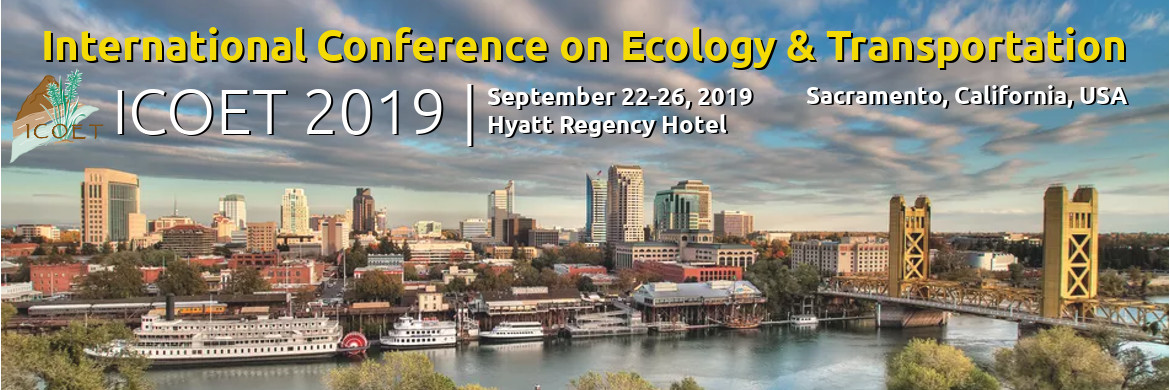Ad hoc operational management of roadside rights-of-way vegetation fails to balance utility, safety, habitat, and budgetary needs. Adopting integrated vegetation management (IVM) planning can increase efficacy and efficiency, but to begin requires knowledge of existing conditions. The Idaho Transportation Department (District 5) surveyed existing vegetation on state roadside rights-of-way in SE Idaho in 2018 to determine a baseline for future integrated management planning. We first completed a windshield survey of the state rights-of-way by half mile segments to assign vegetation community type based on National Land Cover Dataset (NLCD) classifications. Then, from each major vegetation community type in the total roadside ROW area, we randomly chose 30 road segments and inventoried plant species and total cover along 10 m transects using 1m quadrats. Windshield survey classifications diverged from NLCD classification, but adjustments in attribute definitions improved their congruence. Introduced and invasive species dominated grass and forbs, while native species comprised most of the tree and shrub cover. The findings of these surveys will be used to calibrate our roadside habitat enhancement prioritization model, set vegetation management targets and coordinate maintenance tasks.
